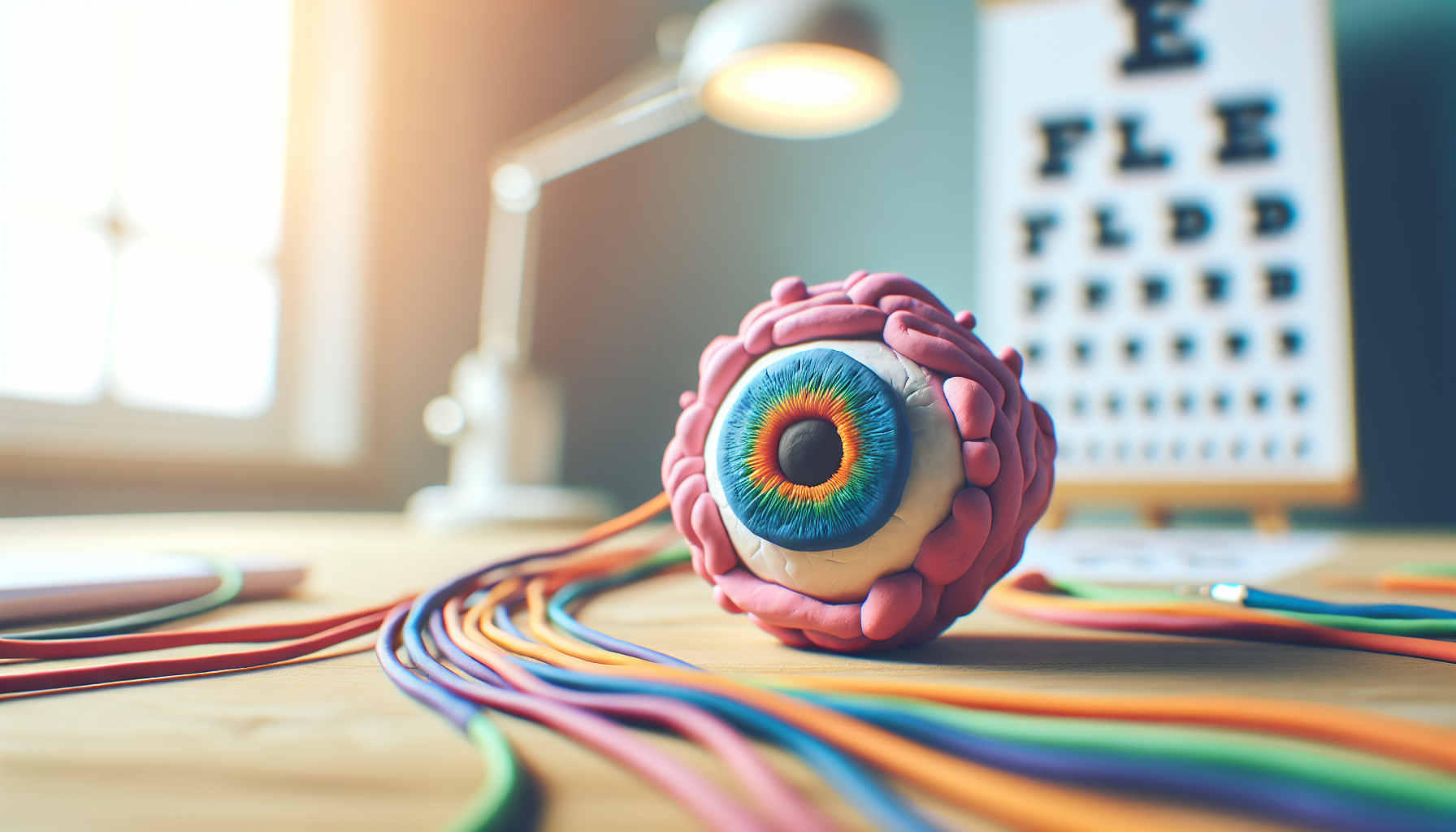Researchers at the University of Massachusetts Amherst have recently discovered that a simple homemade play putty, often used by children in their crafts and games, can effectively capture an array of bioelectrical activities. This study, published in Device, reveals how this conductive putty, also known as “squishy circuits,” can read signals from the brain, heart, muscles, and eyes.
Dmitry Kireev, an assistant professor of biomedical engineering at the University, and the lead author of the study, explains that these squishy circuits are just basic play putty that’s conductive. The putty, which is easily made from common household ingredients like flour, water, salt, cream of tartar, and vegetable oil, uses salt as the conductive element.
While the putty is often used in children’s art projects for adding lights, demonstrating the principles of electrical circuits, Kireev and his team have discovered that its potential goes far beyond that. These squishy circuits can serve as an interface to measure bioelectrical potentials from the human body, Kireev explains.
The team found that these circuits could effectively capture a variety of electrophysiology measurements. These measurements include electroencephalograms (EEGs) for brain activity, electrocardiograms (ECGs) for heart rhythms, electrooculograms (EOGs) for eye movements, and electromyography (EMGs) for muscle contractions.
The effectiveness of these measurements is determined by the impedance, which is an indicator of the conductivity quality between two materials. Kireev explains that lower impedance implies better conductivity and thus, a more accurate measurement of bioelectrical potentials. The study found that the impedance of the squishy circuit electrode was comparable to some commercially available gel electrodes.
The benefits of using this material are manifold. Firstly, the cost of each putty electrode is approximately 1 cent, which is significantly lower than the average cost of typical electrodes, ranging between $0.25 and $1. Secondly, the material is highly resilient, moldable, reusable, and easily reconnected if broken apart. This is a significant advantage over other wearable bioelectronics made from materials like carbon nanotubes, graphene, silver nanowires, and organic polymers, which can be expensive, fragile, difficult to handle, or single-use.
Kireev also emphasizes the accessibility of these materials, stating that creating these putty electrodes can be done at home or even in high school laboratories, promoting a wider spread of these applications. Credit for this research goes to Kireev’s undergraduate research team, comprising Alexandra Katsoulakis, Favour Nakyazze, Max Mchugh, Sean Morris, Monil Bhavsar, and Om Tank.


Comments are closed for this post.